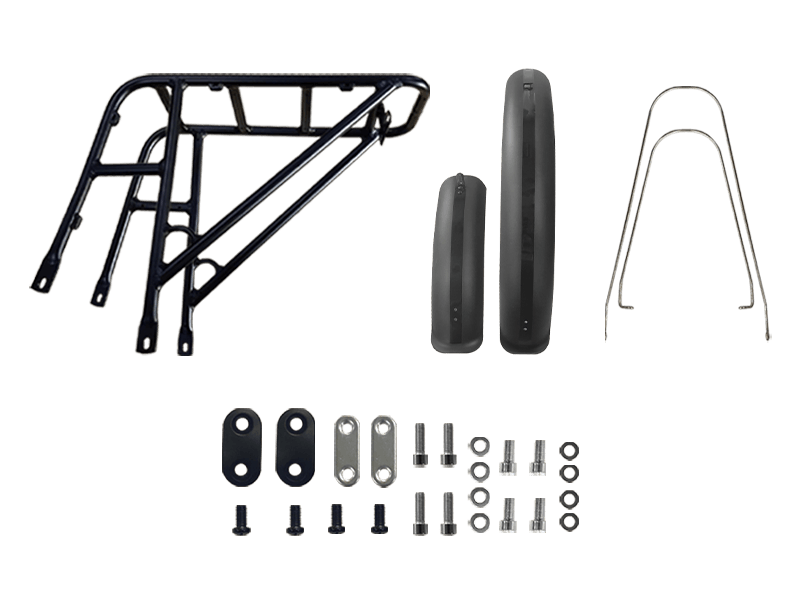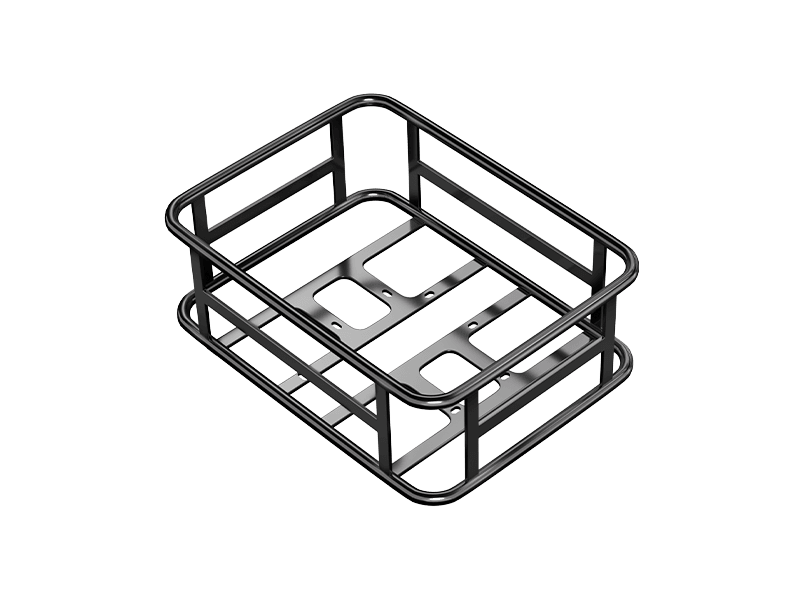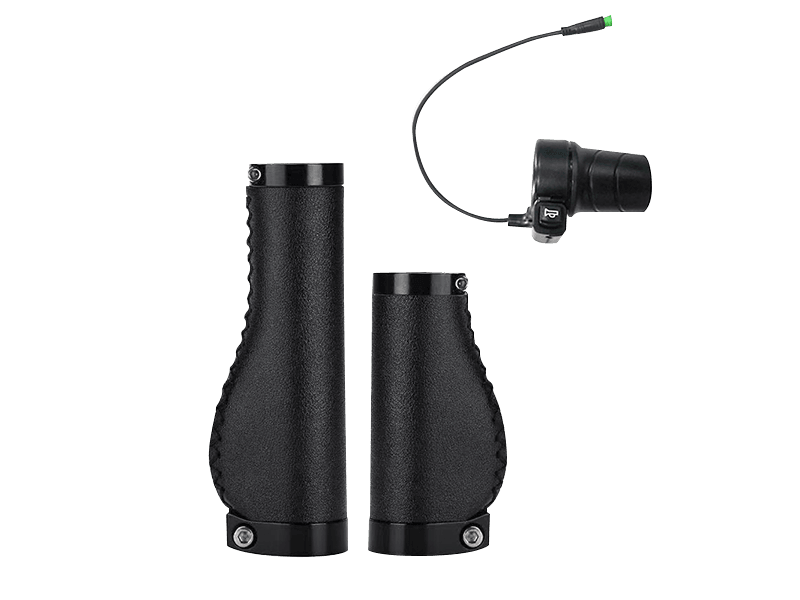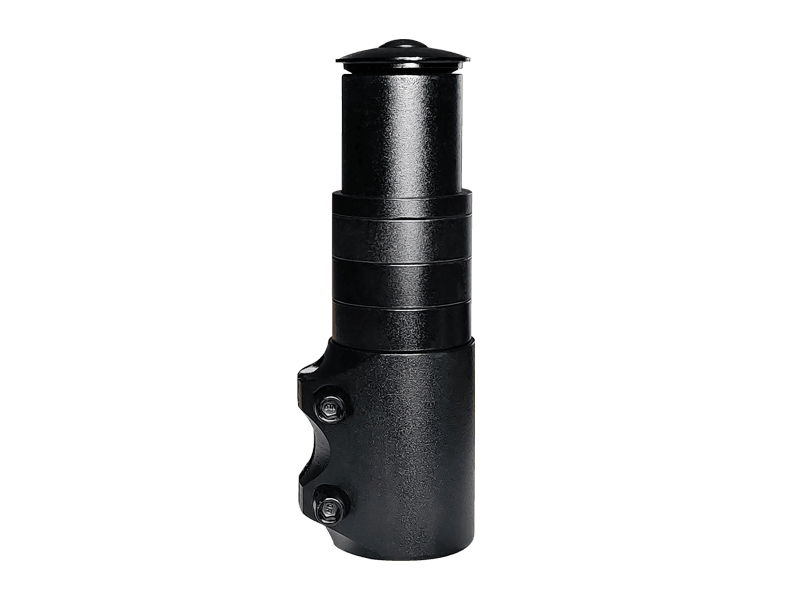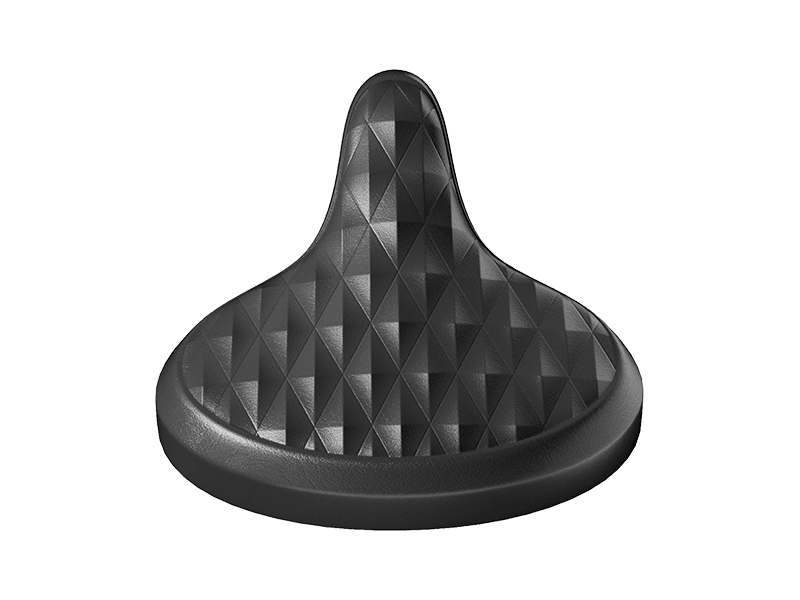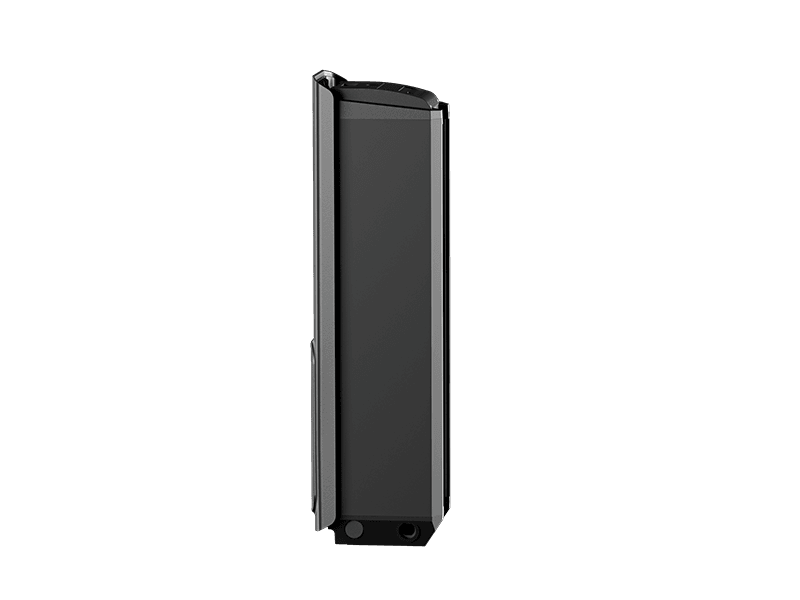Celebrate World Bicycle Day with FREESKY: Ride Smarter, Save More
MAY 30, 2025
3 June is World Bicycle Day – a time to celebrate cycling as a symbol of sustainability, freedom, and health. The United Nations declared this date a global observance to highlight bicycles as clean, sustainable transport that benefits both people and the planet. Across the world, millions of riders will be taking to the streets and trails to mark the occasion, enjoying the fresh air and sense of freedom that only two wheels can bring. Here in the UK, FREESKY is proud to join the festivities: we believe cycling should be powerful and comfortable – yet kind to the environment.
Cycling (and e-cycling) is more than just fun – it’s a powerful way to cut emissions and boost fitness. Studies show that swapping just one daily car trip for cycling or e-biking can reduce roughly 0.5 tonnes of CO₂ per person each year. Even cycling one extra day a week can trim up to 25% of transport-related emissions. And the benefits go beyond carbon: riders enjoy stronger fitness, improved mental well-being, and a lower risk of obesity. On World Bicycle Day, those are reasons enough to pedal.
FREESKY e-MTBs: Power Meets Purpose
FREESKY’s electric mountain bikes deliver serious power and range without sacrificing comfort or sustainability. Our e-MTB models are equipped with high-performance 130 N·m motors and dual battery systems (48V 18Ah + 23Ah), giving riders the ability to cover up to 90–160 miles (144-257 KM) per charge.
Spotlight: The Alaska Pro
One model that truly stands out is the Alaska Pro, which embodies FREESKY’s vision of freedom and function. Here’s why it’s a favourite among UK riders:
-
26×4″ fat tyres: Compared to narrow-tyre mountain bikes, fat tyres provide greater traction, stability, and shock absorption. Whether you're tackling mud, gravel, sand or snow, you’ll enjoy a smoother, safer ride.
-
Dual battery system: The combination of two high-capacity batteries gives riders incredible range, making long-distance rides more accessible than ever.
-
High-performance motor: With 130 Nm of torque, the Alaska Pro effortlessly conquers steep hills, strong winds and rough trails.
-
Built-in cargo capability: Designed to carry more, this model is perfect for riders who need utility as well as performance. As part of our World Bicycle Day promotion, UK customers who choose the Alaska Pro will receive a free Rear Rack Package (Worth £100), ideal for carrying luggage or gear.
-
All-day comfort: The full suspension system and four-piston hydraulic disc brakes ensure excellent ride quality, even on rugged terrain.
Ride Smarter, Save More
This World Bicycle Day, FREESKY is making it even easier to take your rides to the next level. All UK models qualify for an extra £50 off at checkout – no code needed. And for the Alaska Pro, you’ll also receive the complimentary Rear Rack Package mentioned above.
Whether you ride for health, sustainability or pure enjoyment, there’s never been a better time to upgrade to a FREESKY e-bike. Celebrate World Bicycle Day by investing in a smarter, greener ride – and enjoy the freedom, performance, and value that come with every FREESKY adventure.


